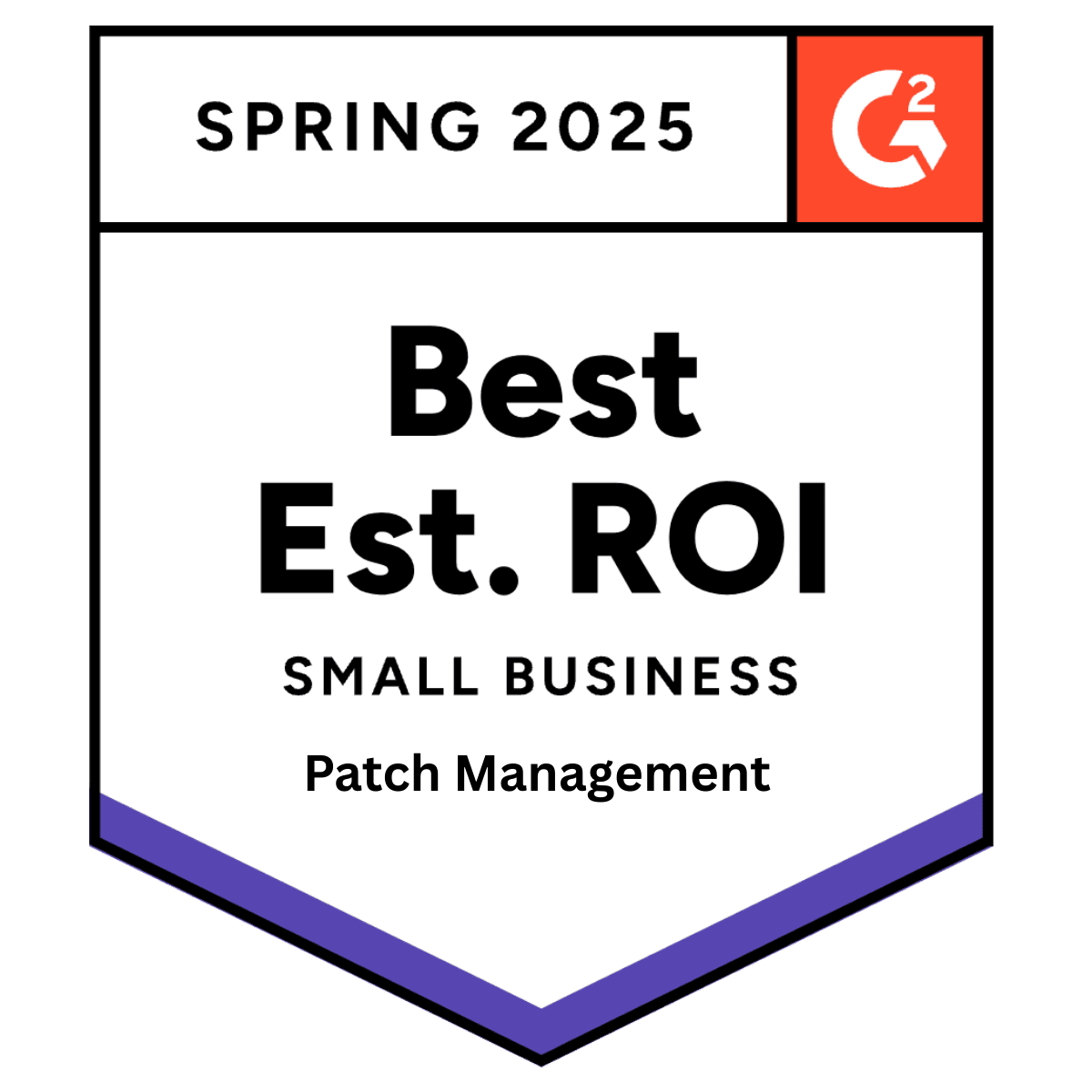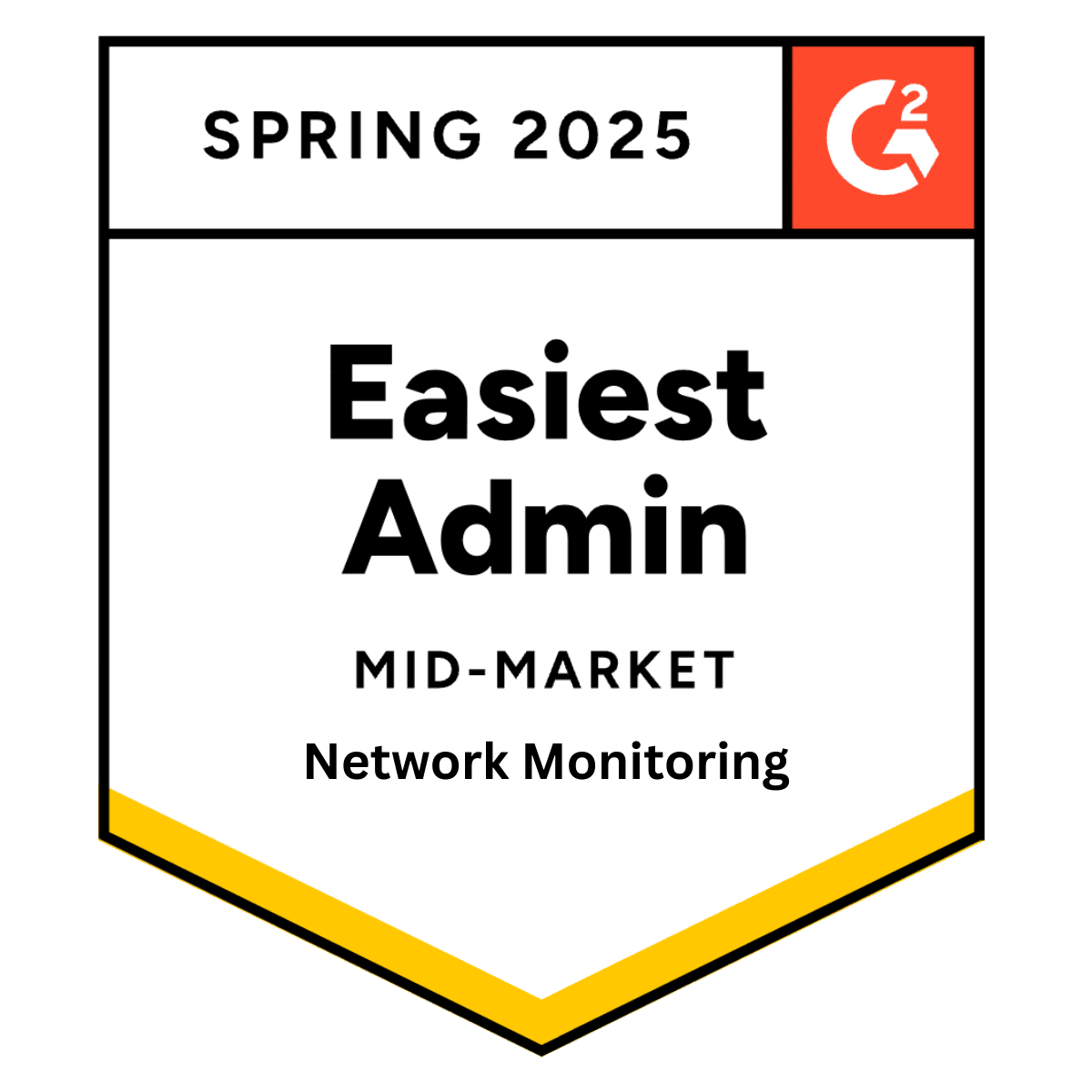
Best ways to make money as an MSP
Friday 3 May, 2019

As many as 90% MSPs fail. A major reason falls on the lack of discussion on ways to make money as an MSP.
'It takes money to make money' stands true! At some point, you’ll need money to grow your business: expanding service offerings, opening new branches or hire paid help. Clearly, none of it is possible if you can’t generate actual profits.
Moreover, a crowded MSP market makes it tougher to overcome initial break-even costs. That’s why you need to think outside-the-box to ensure your MSP consistently generates profit.
Let’s dive in to know the best ways to make money as an MSP:
Establish a pricing model that works

"How much should I charge for my services?"
Every MSP owner grapples with this at some point. Out of fear of losing customers, many end up underpricing their services. Being the cheaper option might get you jobs, but you’ll be straight-jacketed at that price. It will be a real struggle to keep the business afloat in a market plagued with growing inflation.
Conversely, a strong pricing model generates a surplus that makes your business scalable. The pricing model may vary depending on the region and the industry your MSP serves. However, a few things need to be part of your pricing strategy without a question.
- The price should cover fixed costs (expenses that will come in every month) and the cost of delivery
- Put a bigger price tag on service features that have the highest demand. It shows that you're confident of your offering and know its value
- Don't change your pricing frequently: it's a clear sign that you're still not sure
Here’s a video explaining the most popular ways to price your managed IT services.
Deliver great support

Profits are hard to come by when your MSP is selling more or less the same services as the next MSP. Exceptional tech support can help your business stand out in an otherwise cluttered market.
RMM (remote monitoring and management) solution enables MSPs to offer outstanding tech support. Real-time insights into clients' IT infrastructure allows support reps to not only resolve issues quickly but, pinpoint the reasons to why the problem occurred in the first place.
The ability to reduce unplanned downtime and ensure seamless business continuity is something any business owner would see the value in and would not mind paying a recurring premium for.
Deliver exceptional IT tech support on-the-go. Manage clients’ IT infrastructure from anywhere, anytime. Learn more.
Sell security services

Untrained employees are possibly the biggest threat to a business. In fact, 42% of IT professionals highlight ignorant users as the main security risk. It's these trends that keep business owners up at night, especially those running a small business.
Small businesses don’t have the financial muscle for in-house expertise, making them an easy target for hackers. That’s why small businesses are turning towards MSP’s as a feasible alternative for helping them fight against cyber attacks.
Many MSPs have started offering services like BCDR, antivirus, and security awareness training as part of their offering bundle. Complete endpoint security at half the cost is definitely something small businesses are willing to pay for.
Be a vertical specialist

It pays to be a specialist, in fact, it pays really well. Create a healthy revenue stream by strategically positioning your MSP as a specialist for a specific industry vertical.
But, don't run behind the ‘happening' sector that seems to be making huge profits. Instead, pick one vertical that you are good at – where you have the bulk of your clients – and market your MSP as a specialist in that area. For instance, if dental offices and hospitals are your primary clients, brand yourself as an MSP specialist in healthcare.
The truth is, everyone prefers a specialist over a generalist. People who lack expertise are more confident turning to a specialist believing they are more likely to do a better job of resolving the issue. The best bit is MSPs can charge premium pricing and you can bet they will be enough takers for it.
Pitch the long term ROI

Think lifetime value, not transactional value. Rethink engagement so customers can get the most out of their buck. An efficient way to do that is through cross-selling and up-selling.
Cross-sell. Offer features that complement customers' current services. For eg: sell patch management services to a customer using monitoring services.
Up-sell. Offer high-end services on top of the current service offerings For eg: push NOC services to customers using monitoring services.
Enriching the customer journey reduces churn and guarantees great references — contributing to a high-profit margin.
The best way to make money as an MSP for all seasons
The traditional way of making money as an MSP has been through correlation between time and labor, and margins on products and services. Well, that’s all changed.
These ideas might kickstart revenue generation strategies, but don’t be limited to these. Experiment, tweak and then some more. And that’s the secret sauce to maximizing MSP profitability.
Share this post
Related Posts
Join the Ranks of Satisfied Customers and Experience the Pulseway Difference Today.








